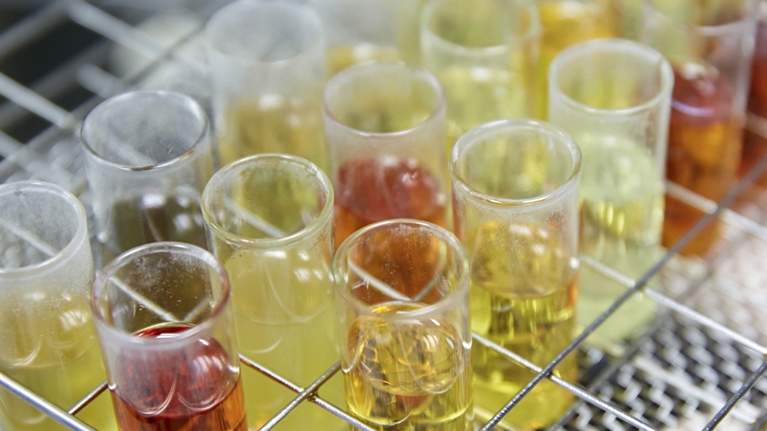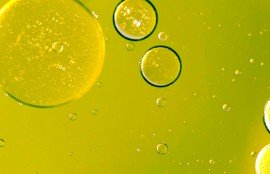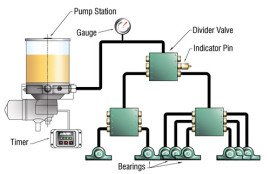
The main difference between the oil in an internal combustion engine and a gas engine is that the latter needs to have high resistance to degradation. This is fundamentally due to the high temperatures and the corrosiveness of the gases produced during the combustion process as well as the increase in nitrogen oxides. This nitro-oxidation process is known as nitration of the oil and must be monitored regularly.
The presence of nitration compounds in the lubricant oil is one of the circumstances which must be avoided. As a consequence of the oil reacting with combustion gases – nitrogen oxides (NOX) – and the high temperature and pressure conditions to which the oil is subject during operation, it starts to become saturated with the presence of both soluble and insoluble nitrogen oxide compounds. This acid may cause corrosion on the engine’s surfaces. It also contributes to the increase in viscosity and the formation of sludge.
This type of degradation is one of the most frequent in stationary engines running on natural gas due to the extreme conditions in which they operate which cause the oil to begin to decrease in performance.
This parameter has been quantified, for many years, using the infrared spectrometry technique (FT-IR), which measures the changes in the concentration of the nitrogen oxide constituents within the spectral region of 1.650 a 1.600 cm-1.
However, at present there is great uncertainty when carrying out the correct measurements in these engines and, above all, regarding how to interpret the final results and compare them with the Original Equipment Manufacturer (OEM)-.
With this in mind, there are some aspects which must be considered in order to correctly measure this parameter.
- The nitration measurements will be affected by the distinct molecular fingerprint of the base lubricant and by the presence of other components which have the same absorbency range, such as combined ketones, quinones, unsaturated carboxylic acids, aromatic compounds and carboxylic acids salts (formed due to the reaction of acids with oil additives).
- The definitions of the base lines and the types of calculations used are factors which have an influence on this measurement.












